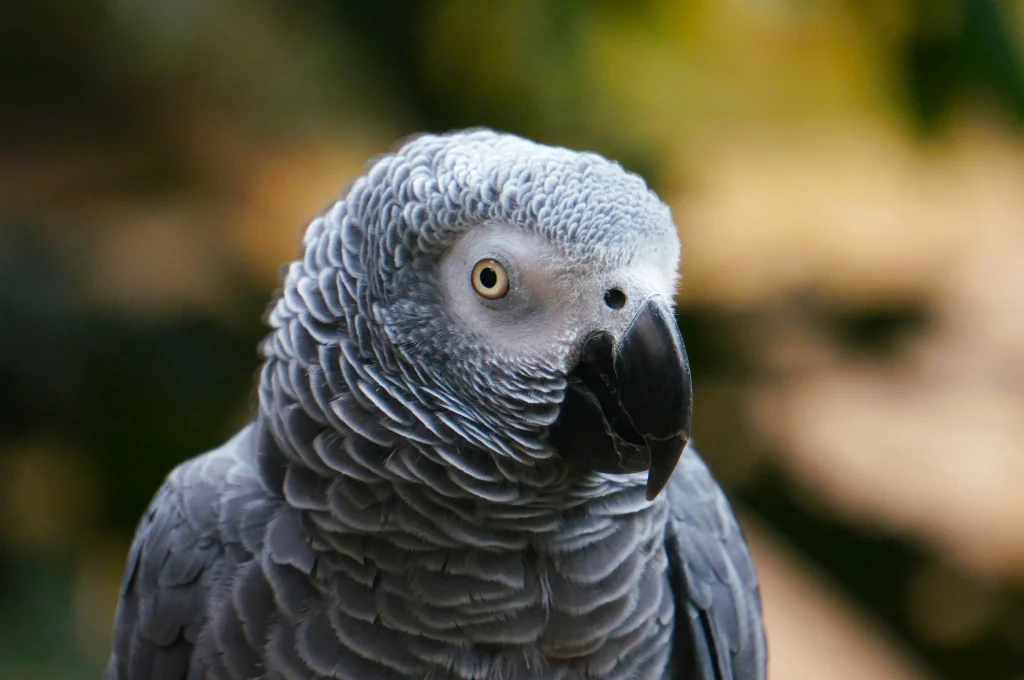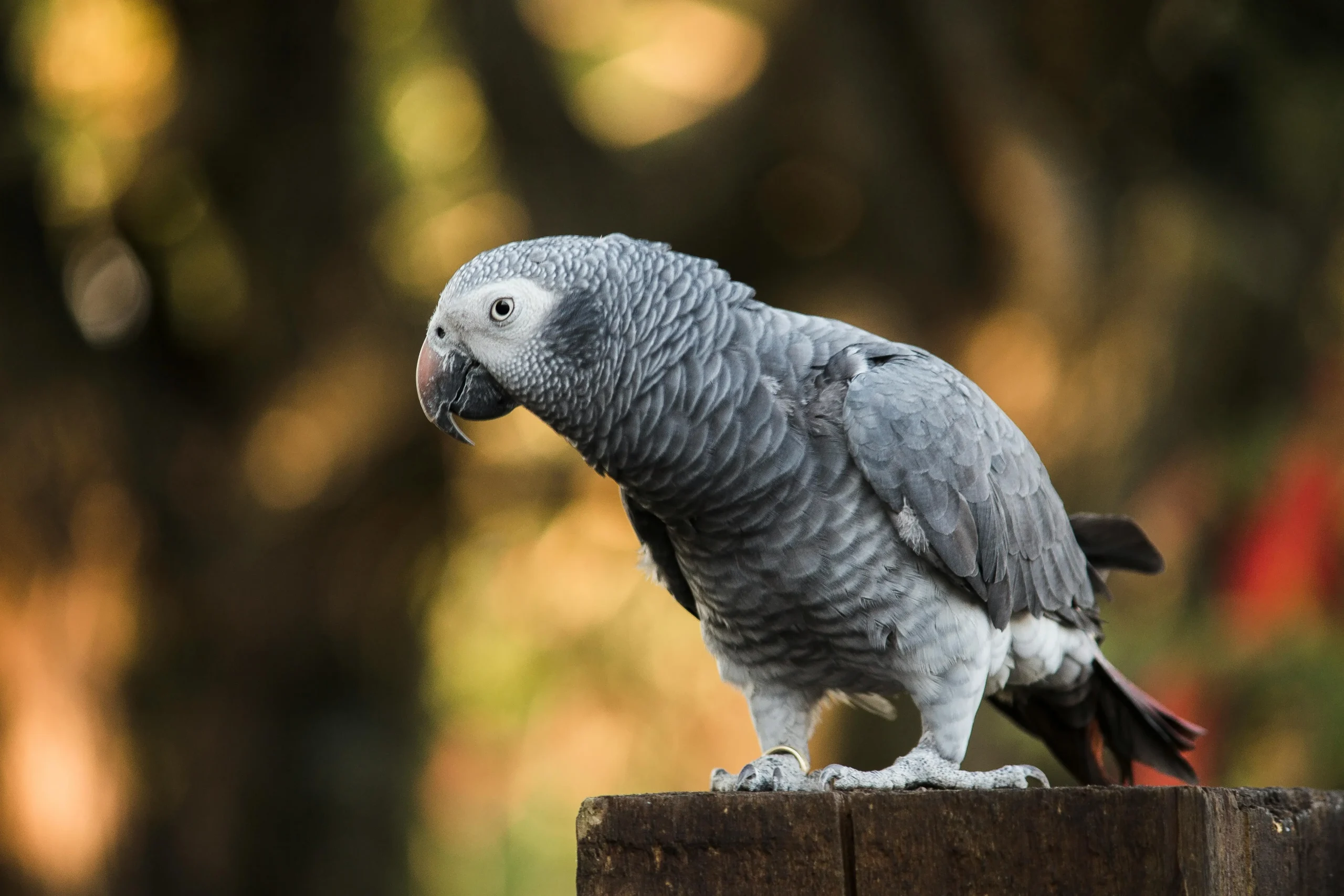Hey there, fellow bird enthusiast! If you’re reading this, you’ve probably got a colorful feathered friend who’s either stealing your heart or driving you nuts with their screeches. My African Grey, Einstein (yeah, I named him that because he’s smarter than me on a good day), came into my life five years ago, and let’s just say our first few months were a comedy of errors mostly me getting nipped while trying to “bond with my parrot” like some expert. Spoiler: I’m no expert, but I’ve learned a thing or two about turning a wary bird into a shoulder-surfing sidekick. Bonding isn’t about forcing it; it’s about building trust, one treat and one awkward dance session at a time.
In this post, I’ll share 10 practical ways to bond with your parrot that worked for us. Whether you’ve got a chatty conure or a majestic macaw, these tips will help you create that deep connection. And hey, if your bird starts mimicking your laugh (like Einstein does with mine), you’ll know you’re doing something right. Let’s dive in!

Why Bother Bonding with Your Parrot?
Parrots are flock animals they crave companionship, and ignoring that can lead to stress, feather-plucking, or even health issues. I remember when Einstein was new; he was aloof, plucking his chest feathers out of boredom. Once we started bonding, his coat turned glossy, and he hasn’t plucked since. It’s not just fun; it’s essential for their well-being.
10 Simple Ways to Bond with Your Parrot
These are the real-deal steps I took with Einstein. No fancy gadgets required just patience and a sense of humor.
1. Start Slow with Respectful Greetings
Parrots hate surprises, so don’t just lunge at the cage. I learned this the hard way when Einstein nearly took my finger off. Instead, every morning, I sit nearby, talk softly, and offer a treat through the bars. It’s my way to bond with my parrot without overwhelming him.
Tip: Use a calm voice and let him come to you. After a week, he started bobbing his head in response. Patience pays off!
2. Hand-Feeding Treats: The Ultimate Trust Builder
Nothing says “I love you” like a favorite snack from your hand. Einstein goes wild for walnuts, so I hand-feed them during quiet evenings. This is one of the easiest ways to bond with your parrot it’s all about positive associations.
Tip: Start with small pieces to avoid mess (or choking). Pro tip: Hide treats in toys for extra fun. See my parrot toy ideas for budget-friendly DIYs.
3. Talk and Sing Like You’re Besties
Parrots are mimics, so chat away! I narrate my day to Einstein “Hey, buddy, the coffee’s brewing” and he chatters back. Singing silly songs? Even better; he loves “Happy Birthday” and squawks along.
4. Offer Plenty of Out-of-Cage Time
Letting your parrot explore supervised is key to bonding. Einstein’s playstand is his kingdom, but I join in with puzzles. This freedom shows you trust him, deepening your connection.
Tip: Bird-proof your room first—no cords or toxic plants. We spend 2-3 hours daily like this, and it’s our favorite ritual.
5. Learn Their Body Language
Parrots “talk” with their feathers and eyes pinned eyes mean excitement or fear. I ignored Einstein’s warnings early on and got pecked. Now, I read his cues, and it makes bonding smoother.
6. Play Games Together
Turn bonding into play! I taught Einstein “peek-a-boo” with a towel, and now he demands it. Simple games like fetch with a soft ball build joy and trust.
Tip: Keep sessions short (10-15 minutes) to avoid frustration. Check my interactive parrot games for more ideas that kept us entertained through lockdown.
7. Create a Cozy Shared Space
Set up a perch near your reading nook or desk. Einstein chills on my shoulder while I work, preening my hair (okay, it’s a bit weird, but it’s our thing). This proximity fosters natural bonding.
Tip: Use a T-stand for safety. It’s how we went from strangers to snuggle buddies.
8. Respect Their Mood Swings
Parrots have off days—just like us. If Einstein’s grumpy, I back off with a quiet treat. Forcing interaction backfires, so tuning into his vibe is crucial for long-term bonding.
9. Introduce Gentle Touch
Once trust is there, try head scratches. Einstein loves his neck rubbed, but only on his terms. Rushing this step? Recipe for a bite.
Tip: Start with beak taps or wing preens. It took months for us, but now it’s our wind-down routine. For more on handling, see my safe parrot handling guide.
10. Be Consistent and Patient
Bonding isn’t overnight it’s a marathon. I stuck with daily routines, even on busy days, and Einstein went from cage-diver to adventure buddy.
Tip: Track progress in a journal. Celebrate small wins, like a voluntary step-up. Consistency turned our relationship around.
Final Thoughts: The Joy of a Bonded Parrot
Bonding with your parrot isn’t just about fewer bites; it’s about that magical moment when your bird chooses you as flock. Einstein’s now my alarm clock, my comedian, and my confidant worth every nip and screech. Start small, stay patient, and you’ll have a feathered friend for life. Got a parrot story? Drop it in the comments I’d love to hear how you’re bonding with your parrot!
If this helped, check out my beginner parrot care tips for more. Happy flocking!
How long does it take to bond with a parrot?
Bonding time depends on your parrot’s personality and past experiences. Some parrots start trusting within a few days, while others can take several months. Consistency, patience, and positive interactions are key to earning their trust.
What is the best way to bond with your parrot?
Start slow by talking gently, offering treats, and spending calm time near your parrot’s cage. Gradually introduce hand-feeding, playtime, and out-of-cage exploration to build comfort and trust.
Why is my parrot scared of me?
If your parrot seems afraid, it might be due to past trauma, loud noises, or sudden movements. Give them space, avoid forcing contact, and use a soft tone. Over time, gentle daily interactions help them feel secure around you.
Can I bond with an older parrot?
Absolutely! Older parrots may take longer to trust, but they can form strong bonds with patient and loving owners. Respect their boundaries, offer healthy treats, and create consistent routines.

